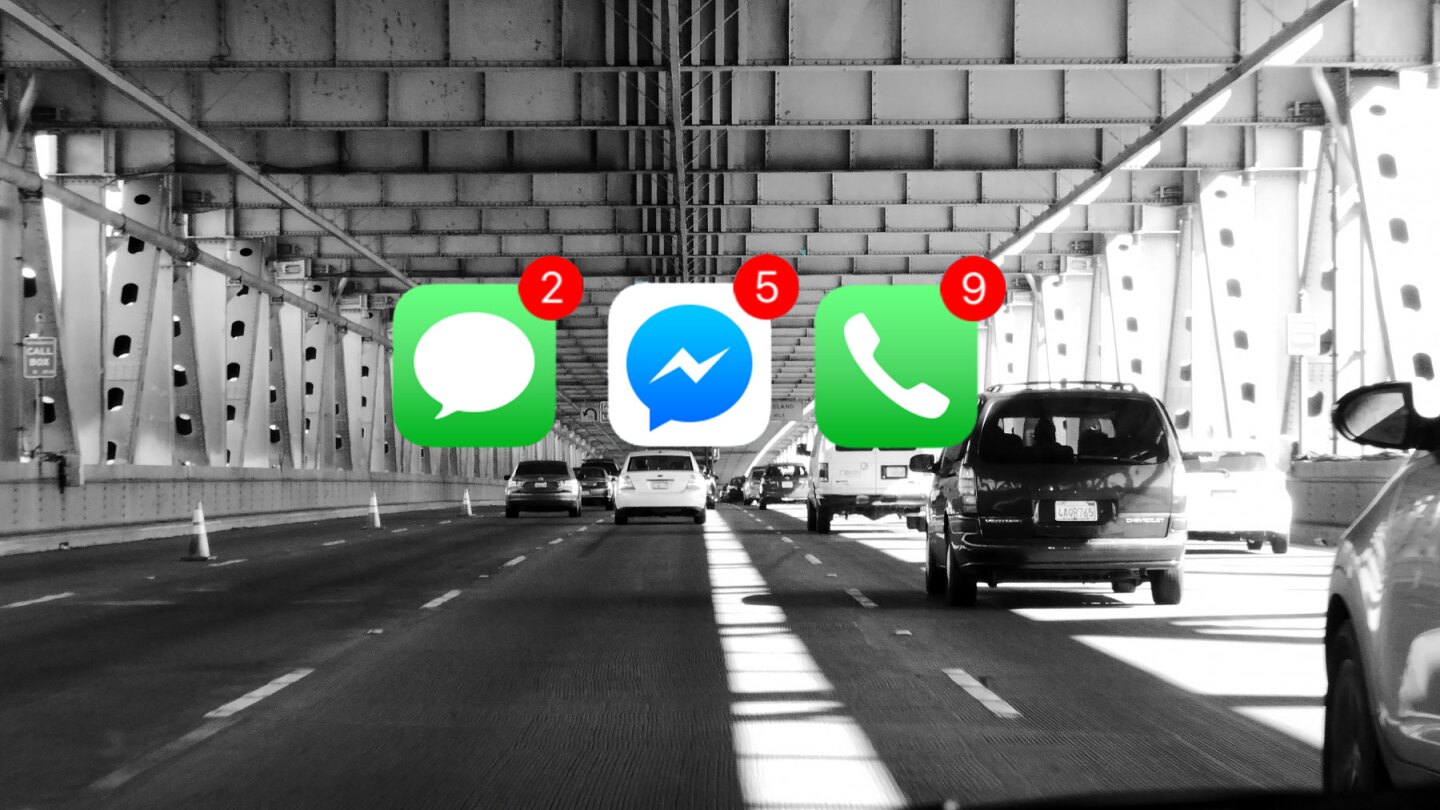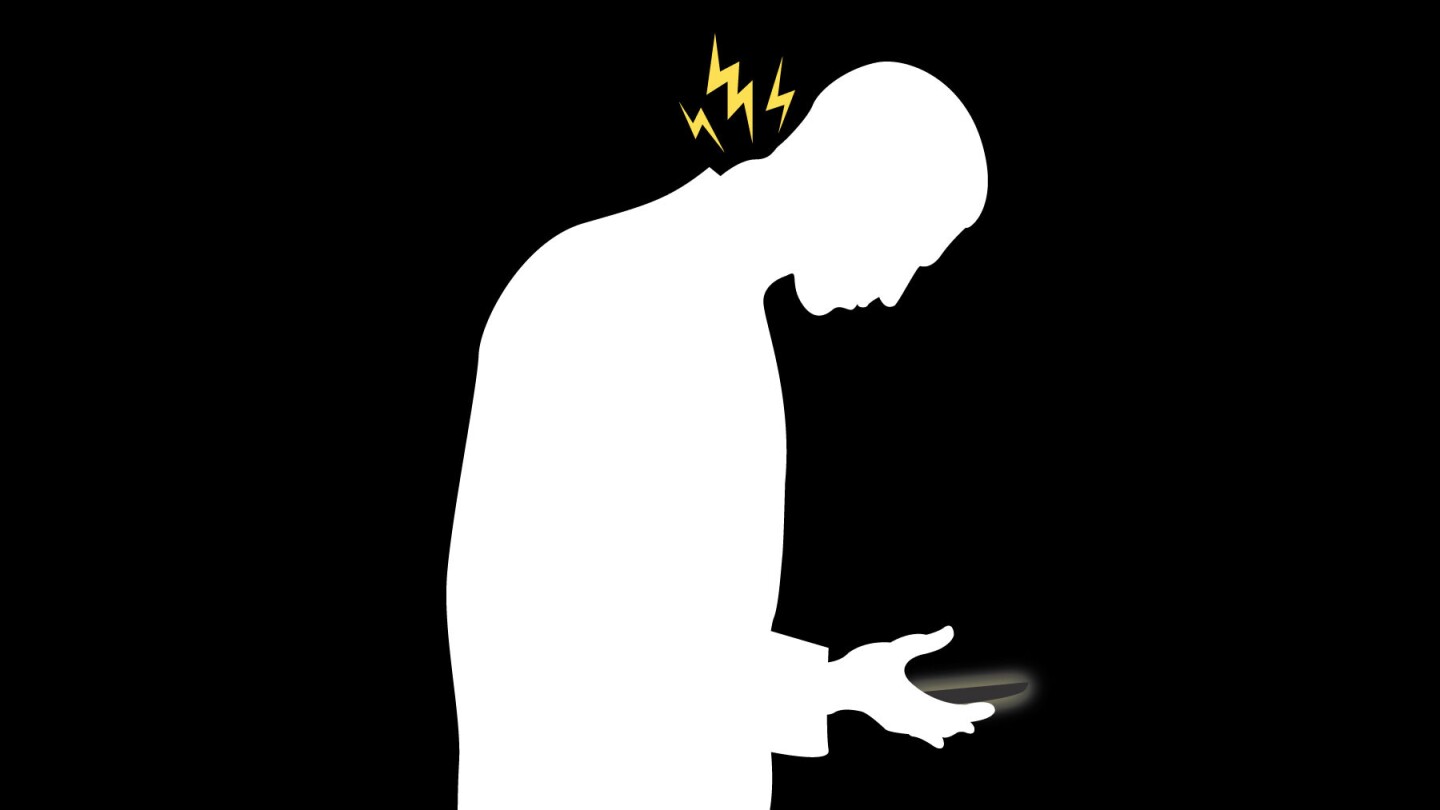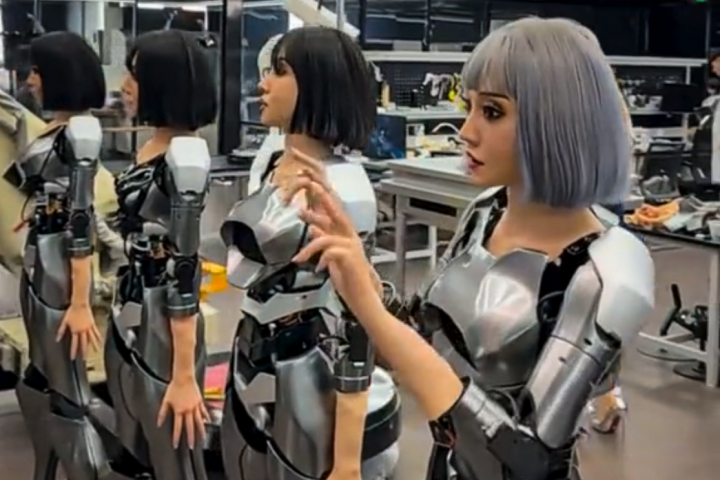Are smartphone manufacturers and developers doing enough to keep users safe and healthy? If you've been hit by a car because of Pokémon Go or your Galaxy Note 7 went up in flames, you may be inclined to say no. Nevertheless, here's a look at the most epidemic dangers associated with smartphone use, and how mobile technology companies are responding.
Problem: Distracted driving
Texting and driving kills, plain and simple. It's a bad habit that sweeps across ages and genders, with younger drivers being the most visible and likely offenders. But it would be unwise to ditch smartphones in the car altogether – they're essential safety tools in the event of a crime, accident or if mom will kill you if you don't call and check in.
Windows phones have the only platform with a built-in driving mode, and it relies on in-vehicle Bluetooth to work. Once you set up this feature, the phone automatically goes into driving mode when it detects your car's Bluetooth connection. It can be set to block calls and/or texts and even auto-respond to let contacts know you're driving.

Similar capabilities have yet to be worked into iOS or Android operating systems, but apps bridge the gap. Some of them are designed for families and parents in mind, such as LifeSaver (free for iOS or Android) which runs in the background. It locks the phone when a car's motion is detected, excepting hands-free calling and navigation. The accompanying Driver Portal app gives parents tools like the ability to set arrival alerts and notifications if LifeSaver has been disabled.
If you don't need as many family-oriented capabilities, check out TextNinja, a brand new Kickstarter-backed app that builds on the Bluetooth-based safety features of the Windows phone. The app is free, but it's optimized for use with a special OBDII car adapter, starting at US$25-30. The Bluetooth connection means your phone won't have to rely on GPS to detect movement, so battery and data usage is minimized.
Considering that distracted driving is such a widespread problem, we are crossing our fingers that operating systems and/or phone manufacturers will take a cue from apps like these and make similar safety features native in the not-so-distant future.
Problem: Sleeplessness
Smartphone displays emit a heaping helping of blue light. Blue light is known to disrupt the human circadian rhythm, which is responsible for regulating the sleep and other essential daily processes. Because of this phenomenon, phone and tablet use before bed has been shown to interfere with a good night's sleep.

In order to combat electronics-induced sleep problems, apps (and now iOS settings) can skew the phone's display to warmer colors after sunset or on a schedule of your choosing. This measure has not been explicitly proven to help you sleep, but evidence does suggest that less blue light is a good thing for circadian rhythm regulation.
On iOS 9.3 or higher, navigate to Settings > Display & Brightness > Night Shift to enable this feature. In the Android realm, you'll have to rely on an app to adjust the display. The Nougat developer version included a built-in Night Mode, but the setting got axed sometime before it went live. The Night Mode Enabler app adds this setting back into the operating system (Nougat only), or the Twilight app can adjust nighttime display settings on any Android phone.
Posture problems
If you really spend a lot of time on your phone, you'll end up with a sore neck, wrist, shoulders, strained eyes and any number of additional aches and pains. If sitting is the new smoking, then sitting around glued to a smartphone is probably akin to enjoying a cigarette in an asbestos-filled coal mine.
Maybe that's a stretch, but it's an even greater stretch to consider smartphone use anything close to ergonomic. Manufacturers have made some efforts that allow more freedom of movement: Bluetooth headsets, voice control and phone stands/mounts all fall under this umbrella. But these measures don't change the fact that most of the time, smartphone use entails staring into a small glowing screen, hunching over and putting pressure on your neck and shoulders.

Your best bet to combat the signature "smartphone slump"? Put down the phone. Paradoxically, apps might help correct bad habits. Try BreakFree (free, with in-app purchases): Through usage monitoring and notifications, the app informs you how often you check your phone and how much time is spent on individual apps. Use this information to wean yourself off of non-productive uses, or switch some activities over to a more comfortable laptop or desktop.
An increasing number of posture-focused wearables have also hit the market. The Alex posture sensor ($99) is specifically designed as an anti-neck strain measure: It perches on the ears and rests on the back of the neck, and issues a vibration warning when neck and head posture is poor. You can also view patterns over time on the accompanying app.
The startup Prana promises a less intrusive option: The wearable sensor clips onto the waistband and monitors spinal posture and breathing. But the company has missed its June 2016 planned ship date and a new timeline is uncertain.
Counterpoints
Before writing off smartphone use as a wellness disaster, keep in mind that they are capable of placing an immense wealth of fitness, nutrition and general health information into in the palm of our hands (literally). The drawbacks are certainly outweighed by the potential benefits, but at the moment, human discipline is still the biggest factor in preventing health problems associated with mobile technology. Apps and accessories aren't magic bullets, they're only tools to assist individual efforts.
For more about wellness technology, check out New Atlas' health coverage or the latest news in wearables.







